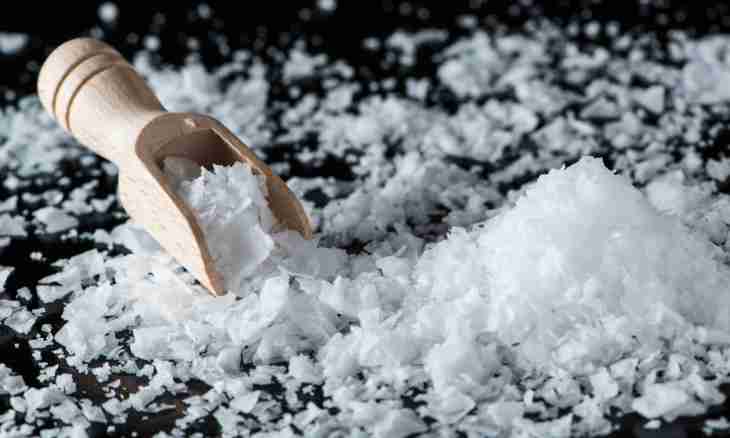Magnesium is chemical element II of group of periodic Mendeleev's system, it represents brilliant silver-white metal with a hexagonal crystal lattice. Natural magnesium consists of three stable isotopes.
Distribution in the nature
Magnesium is a characteristic element of an Earth's mantle, its earth crust contains about 2.35% on weight. In the nature it meets only in the form of connections. More than 100 minerals containing magnesium, the most part from them — silicates and aluminosilicates are known. In its sea water it is less, than sodium, but there are most other metals.
In the biosphere constantly there is a migration and differentiation of this element — dissolution and sedimentation of salts and also magnesium sorption by clays. He poorly is late in biological circulation, coming together with a river drain to the ocean.
Magnesium is present at vegetable and animal organisms, is a part of a green pigment of a chlorophyll, also it was found in ribosomes. This chemically the element activates many enzymes, participates in maintenance of pressure in cages, provides stability of structure of chromosomes and colloidal systems. Animals receive it with food, daily need of the person for magnesium makes 0.3-0.5 g. In an organism it collects in a liver then passes into muscles and bones.
Physical and chemical properties
Magnesium — rather soft, plastic and malleable metal, and its mechanical properties directly depend on a processing method. On air it grows dull because of education on its surface of a thin oxidic film. In the chemical relation magnesium is rather active, it forces out the majority of metals of water solutions of their salts. Heating to 300-350 °C does not lead to its considerable oxidation, but at a temperature about 600 °C the oxidic film collapses, and metal burns down a bright white flame. Magnesium almost does not react with cold water if it is not saturated with air, but from boiling slowly forces out hydrogen. At 400 °C its reaction with water vapor begins. Numerous metalloorganic compounds of this chemical element define its big role in organic synthesis.
Receiving
In the industry magnesium is received electrolysis which proceeds at a temperature of 720-750 °C. For this purpose use waterless chloride of magnesium or the dehydrated carnallite, cathodes do of steel, and anodes — of graphite. Also apply metalthermal and ugletermichesky methods. In the first case take briquettes from the calcinated dolomite and reducer, heat them in a vacuum to 1280-1300 °C then vapors of magnesium condense at 400-500 °C. At an ugletermichesky way of receiving the briquettes from magnesium oxide mix with coal warm up to 2100 °C in the electric furnace then couples drive away and condense.

